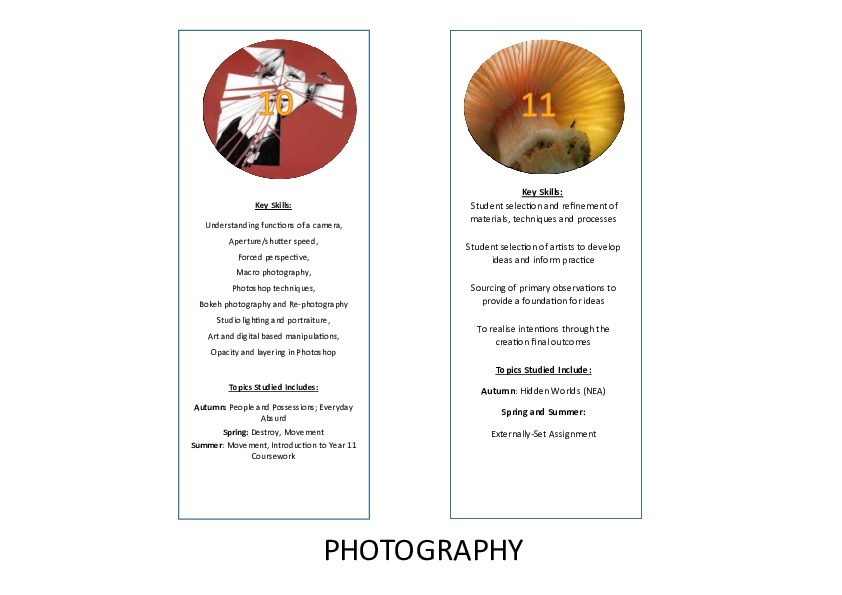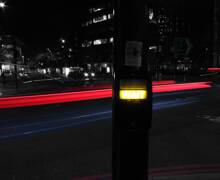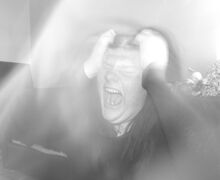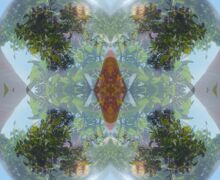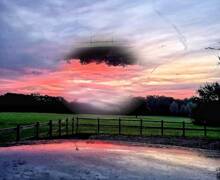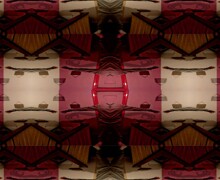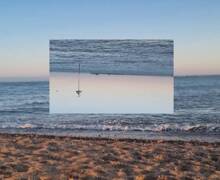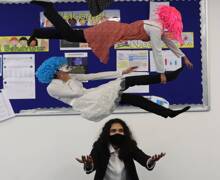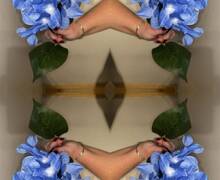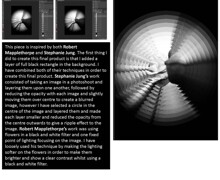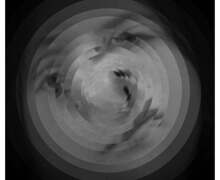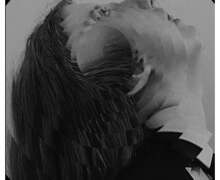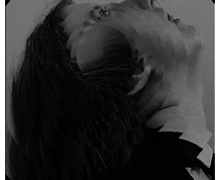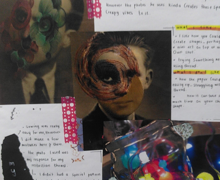- Home
- Secondary
- Subject Information
Photography
Back
Introduction
Photography jobs are as vast as the medium is visible in the world. This course will make you a great creative thinker and you will be able to construct your photographic images so that they contain high visual appeal.
Photography is an exciting medium that can be used in many different ways. Careers in photography include Art careers, Advertising, Commercial work, Editorial, Fashion, Film, Food, Forensic, Industrial, Architectural, Ariel, Portraiture and Wedding photography, Sports and Travel etc. Photographs are visible everywhere because we love the photographic representation of ourselves and our world and therefore there is a huge market for photographic work.
The course will teach you to look at the world in a creative way. The creative potential stimulated in this course will enable you to apply creative, analytical and critical thinking and problem solving, in order to visually communicate ideas through photography.
This Photography course develops a wide range of skills, analytical and critical thinking and problem solving, which will be useful at University and future careers. Photography may offer a highly creative and hands-on alternative to other subjects you may be studying at A-level
Our subject area seeks to develop the following in all our students:
- Camera use
- Lighting in our studio
- Planning and creating a photoshoot
- Digital manipulation, including Photoshop
- Practical manipulation,
- Contextual research and investigation
- Development of ideas
- Consolidation of a final piece and evaluations
- Darkroom knowledge, experience and experimentation, including processing 35mm film, developing contact sheets and prints, as well as producing alternative darkroom outcomes (chemigrams, photograms, etc)
This Photography Course develops a wide range of skills, analytical and critical thinking and problem solving, which will be useful at University and future careers.
KS4
The Art department has continued to have results which are above national average, we endeavour to maximise the potential of all students who opt for this subject.
Through the Photography GCSE course students cover the following:
Areas of study
The students complete to components of work in this course.
In Component 1 and Component 2 students are required to work in one or more area(s) of
Photography, such as those listed below:
- Portraiture
- Location Photography
- Studio Photography
- Experimental Imagery
- Installation
- Documentary Photography
- Photo-journalism
- Moving Image: film, video and animation
- Fashion Photography.
They may explore overlapping areas and combinations of areas.
GCSE Photography cover four assessment objectives:
- AO1: to explore and develop ideas by investigating and researching the work of arts
- This is done through artist research, visual links and responses to their work, and through annotations
- AO2: to refine and experiment through different ideas and media, with a range of techniques
- This is done through producing sketchbook work in a variety of materials and techniques, including different paints, drawing materials (like charcoal and fine liner), photography, as well as more experimental media, like coffee and bubbles.
- AO3: to record and present ideas related to your theme
- This includes the use of primary observations (drawing from life), skill level and annotations
- AO4: to present a final outcome that clearly links to previous work
- This is your final outcome or piece for your units. This piece should relate to previous learning in your sketchbooks and clearly show off your knowledge, skills and understanding.
For more information related to the course specification, please see AQA’s website: https://www.aqa.org.uk/subjects/art-and-design/gcse/art-and-design-8201-8206 (AQA Art and Design code 8206)
Course component breakdown
The students will cover two components of practical work:
Component one: internally-set coursework units, commencing in Year 10, worth 60% of your GCSE
Component two: an externally-set assignment designed by the exam board, worth 40% of your GCSE
Homework expectations (hours and completion standards)
The Art department follows the Academy policy on homework. Homework tasks involve drawing, research, developing classwork or individual responses. It is essential a disciplined approach towards homework is taken in order for students to fully meet the course requirements.
Students must come to school equipped to learning, including by having a pencil, rubber, sharpener and ruler. White pens and other materials are welcomed, but not required. Students should ensure that they meet deadlines set and take full advantage of lunch-time and after-school sessions within the department.
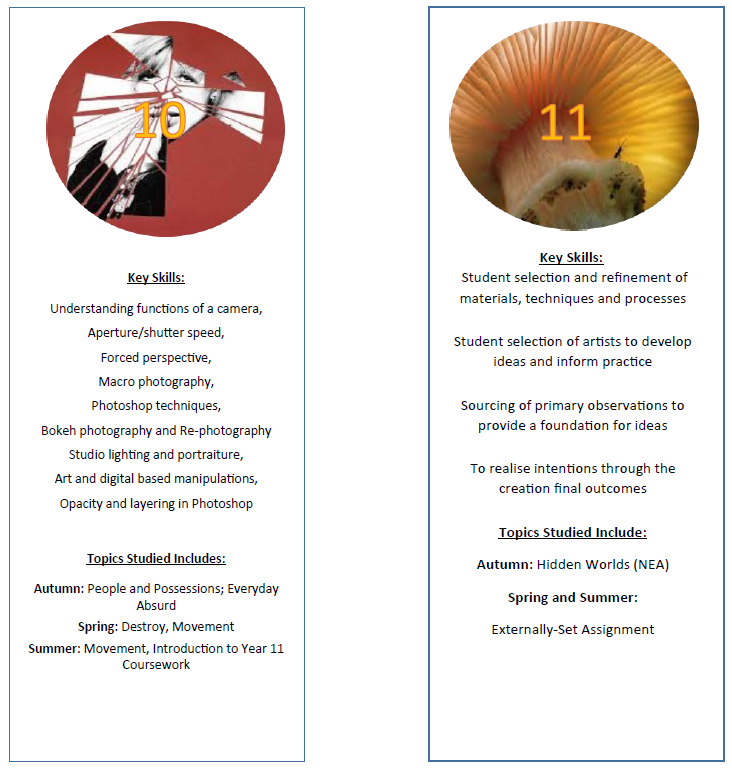
Visual Curriculum Map
Careers
Reading List


